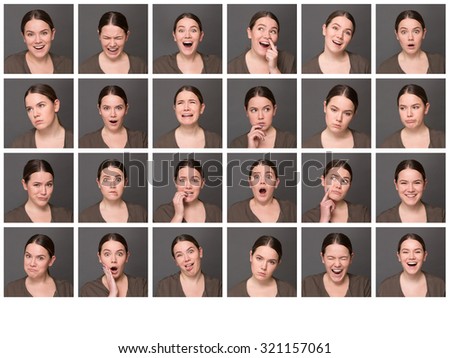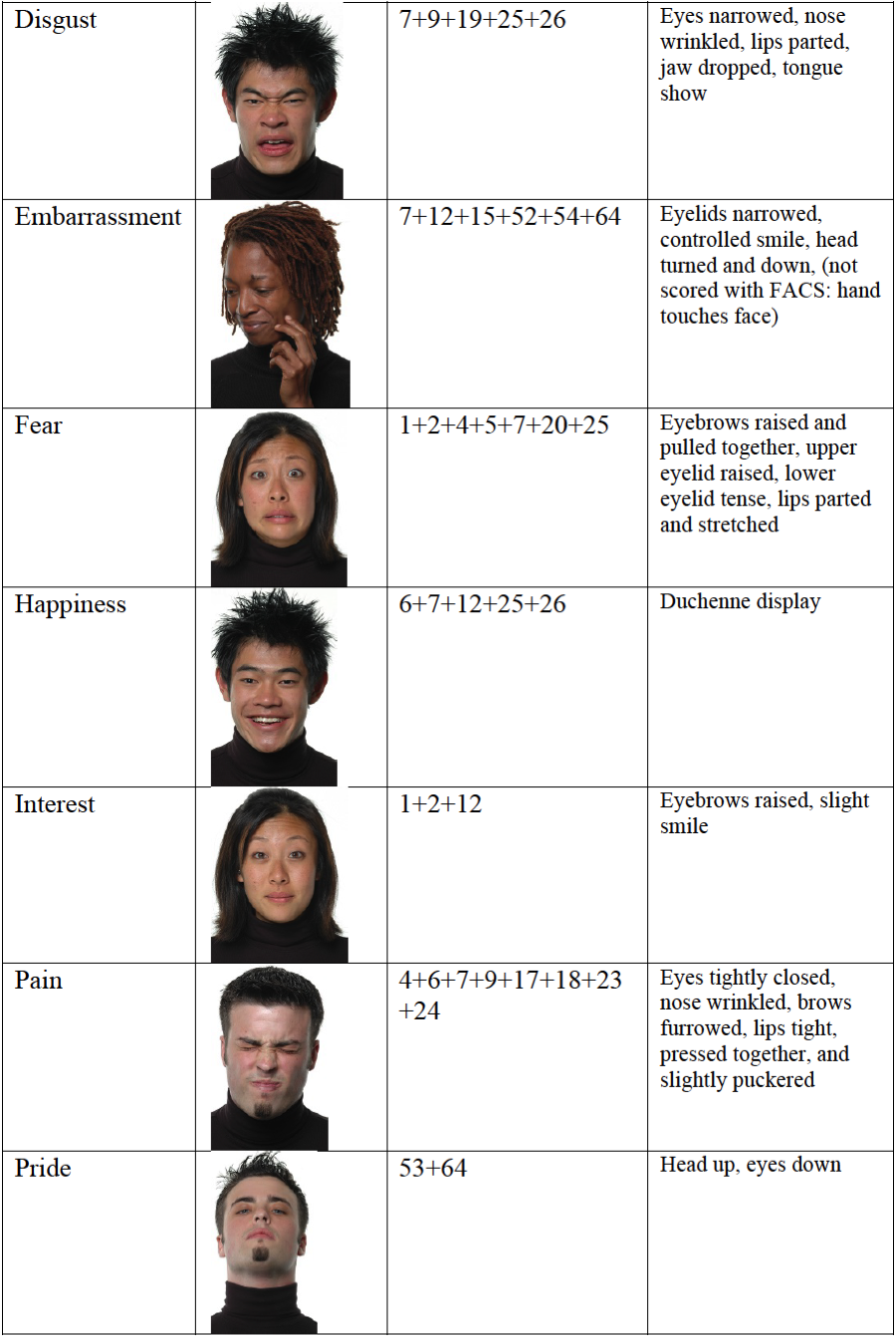Facial Displays Of Emotion

An Ingroup Advantage for Confidence in Emotion Recognition Judgments: The Moderating Effect of Familiarity With the Expressions of Outgroup Members. Personality and …

There is good reason to believe that gaze direction and facial displays of emotion share an information value as signals of approach or avoidance. The combination of these cues in the analysis of social communication, however, has been a virtually neglected area of inquiry.
There are two brain pathways associated with facial expression; the first is voluntary expression. Voluntary expression travels from the primary motor cortex through the pyramidal tract, specifically the corticobulbar projections. The cortex is associated with display rules in emotion, which are social precepts that influence and modify expressions. Cortically related expressions are made consciously.
Many authors have proposed that facial expressions, by conveying emotional states of the person we are interacting with, influence the interaction behavior. We aimed at verifying how specific the effect is of the facial expressions of emotions of an individual (both their valence and relevance/specificity for the purpose of the action) with respect to how the action aimed at the same
affiliation as a function of the type and intensity of the facial display. Emotion Displays and Trait Attributions The notion that emotional facial expressions communicate behavioral in-tentions follows from appraisal theories of emotion. Specifically, Frijda and his colleagues (e.g., Frijda, 1986; Frijda, Kuipers, & ter Schure, 1989) pro-
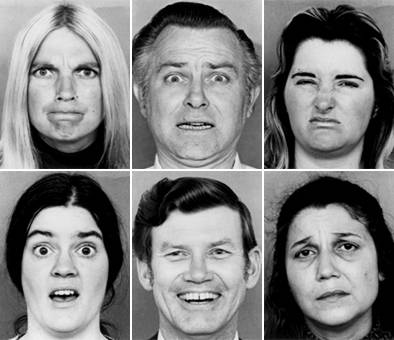
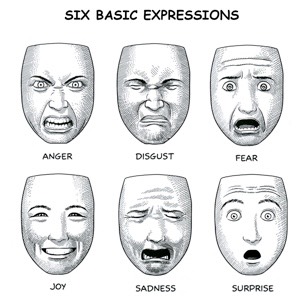

There is good reason to believe that gaze direction and facial displays of emotion share an information value as signals of approach or avoidance. The combination of these cues in the analysis of social communication, however, has been a virtually neglected area of inquiry.
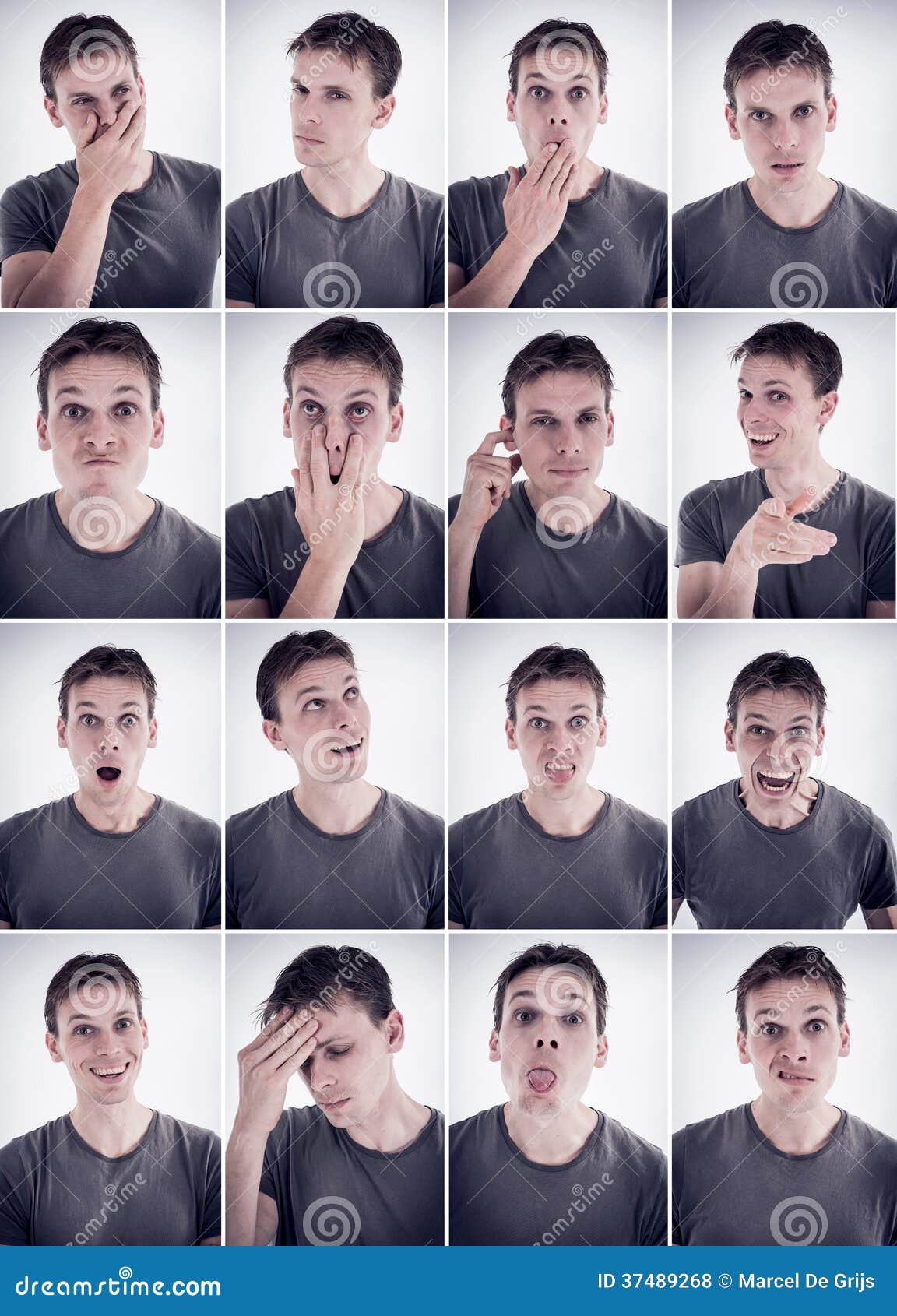
That same facial musculature that humans use for emotion signaling is also present in chimpanzees (Bard, 2003; Burrows, Waller, Parr, & Bonar, 2006), and the facial expressions considered to be universal among humans have been observed in nonhuman primates (de Waal, 2003).
that product. Facial displays of emotion in brand websites advertising consumer products may be one way that advertisers convey the status of their product to potential consumers. Accordingly, we expect to observe different facial emotions in advertisements for folk products than for elite products. Facial displays that signal dominance and
These findings suggest that the pan-cultural element in facial displays of emotion is the association between facial muscular movements and discrete primary emotions, although cultures may still

Many authors have proposed that facial expressions, by conveying emotional states of the person we are interacting with, influence the interaction behavior. We aimed at verifying how specific the effect is of the facial expressions of emotions of an individual (both their valence and relevance/specificity for the purpose of the action) with respect to how the action aimed at the same
